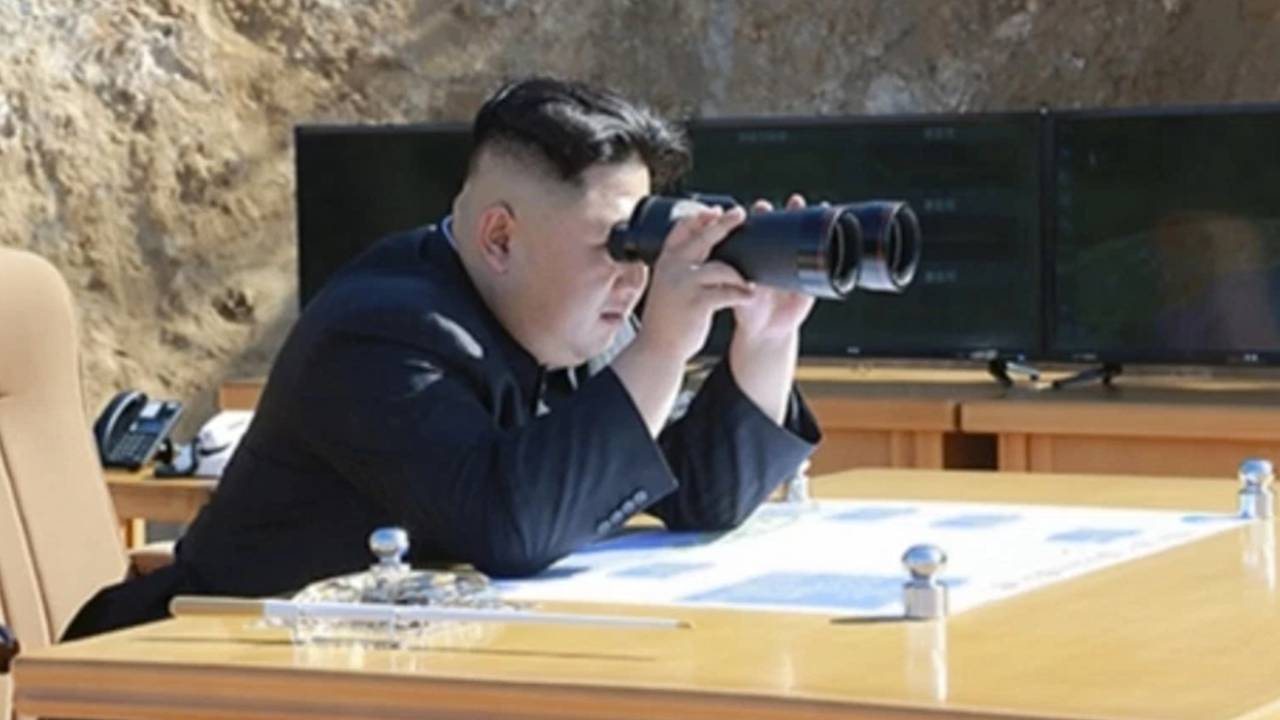
This article appeared in The NY Post on September 6, 2017. Click here to view the original article.
By John Bolton
September 6, 2017
“When you see a rattlesnake poised to strike, you do not wait until he has struck before you crush him.” By these words in a Sept. 11, 1941, fireside chat, Franklin Roosevelt authorized US warships to fire first against Nazi naval vessels, which he called “the rattlesnakes of the Atlantic.”
Roosevelt’s order applied whenever German or Italian ships entered “waters of self-defense” necessary to protect the US, including those surrounding US outposts on Greenland and Iceland.
Uttered 60 years to the day before 9/11, and less than three months before Pearl Harbor, Roosevelt’s words still resonate. North Korea’s sixth nuclear test last weekend, along with its significantly increased ballistic-missile testing, establishes that Pyongyang is perilously close to being able to hit targets across the continental United States with nuclear warheads, perhaps thermonuclear ones.
The Nazi threat to US shipping, both normal commercial traffic and war supplies destined for Great Britain, was undeniably significant, and the Axis powers’ broader totalitarian threat was existential. Nonetheless, right up to Dec. 7, 1941, many American leaders urged caution to avoid provoking the Axis and thereby risking broader conflict. Pearl Harbor followed.
In his chat, Roosevelt observed that others had “refused to look the Nazi danger squarely in the eye until it actually had them by the throat.” We shouldn’t commit that mistake today. North Korea’s behavior, and its lasting desire to conquer the South, have created the present crisis.
Letting Kim Jong-un’s bizarre regime “have America by the throat,” subjecting us and our allies to perpetual nuclear extortion, is not an acceptable outcome.
We have endured 25 years of US diplomatic failure, with endless rounds of negotiations, presenting North Korea with the choice between economic incentives or sanctions. During this time, which certainly constitutes “not looking the danger squarely in the eye,” North Korea has repeatedly breached commitments to abandon its nuclear-weapons program, often made in return for handsome compensation.
Nonetheless, we hear echoes from Roosevelt’s day that “there is no acceptable military option” when it comes to Pyongyang. This means, as Susan Rice said recently, “we can, if we must, tolerate nuclear weapons in North Korea,” as we did with the Soviets in Cold War days. The US should not accept such counsels of despair, based on dangerously facile and wildly inaccurate historical analogies.
Why accept a future of unending nuclear blackmail by Pyongyang, whose governing logic is hardly that of Cold War Moscow, and which would entail not that era’s essentially bipolar standoff, but a far-more-dangerous world of nuclear multipolarity?
If Washington lets Kim retain his nuclear weapons and ballistic missiles, his regime will happily sell these materials and technologies to Iran, other rogue states or terrorist groups for the right price. This is another key difference from the Cold War; Moscow was substantially more worried about nuclear proliferation than Pyongyang now is.
It would be, as Roosevelt understood, “inexcusable folly” to ignore North Korea’s pattern of behavior over the last quarter century: “We Americans are now face to face not with abstract theories but with cruel, relentless facts.” For America in 1941, hope of sheltering behind the oceans was fast disappearing, forcing Roosevelt to extend our maritime defense perimeter effectively across the Atlantic to Europe.
In the age of ICBMs, there’s no “perimeter”; we are at risk in agonizingly short time frames of a missile’s flight launched anywhere, whether from North Korea or Iran. It is completely unacceptable to say we must await a first strike by Pyongyang before we will resort to military force. Roosevelt dismissed such arguments peremptorily: “Let us not say: ‘We will only defend ourselves if the torpedo succeeds in getting home, or if the crew and passengers are drowned.’ ”
The remaining diplomatic options are few, and the time to exercise them dwindling fast. Convincing China that its national interests would be enhanced by reunifying the two Koreas, thus ending what Beijing itself believes is a threat to peace and security in northeast Asia, remains possible. Unfortunately, this is increasingly hard to accomplish before North Korea becomes a fully mature nuclear-weapons state.
We’re moving rapidly to the point where Roosevelt said squarely, “It is the time for prevention of attack.” George W. Bush spoke equally directly in 2002: “Our security will require all Americans to be . . . ready for preemptive action when necessary to defend our liberty and to defend our lives.” The alternative is potentially global proliferation of nuclear weapons, with the attendant risks lasting beyond our power to calculate.